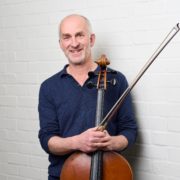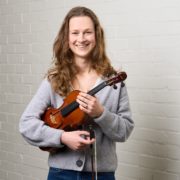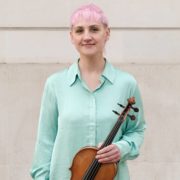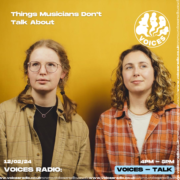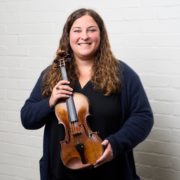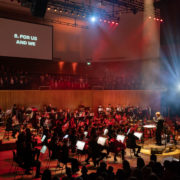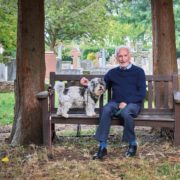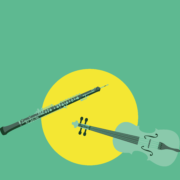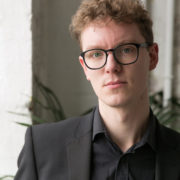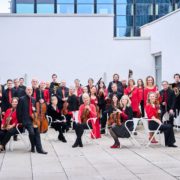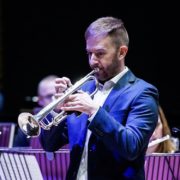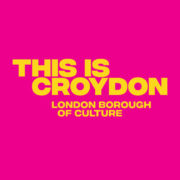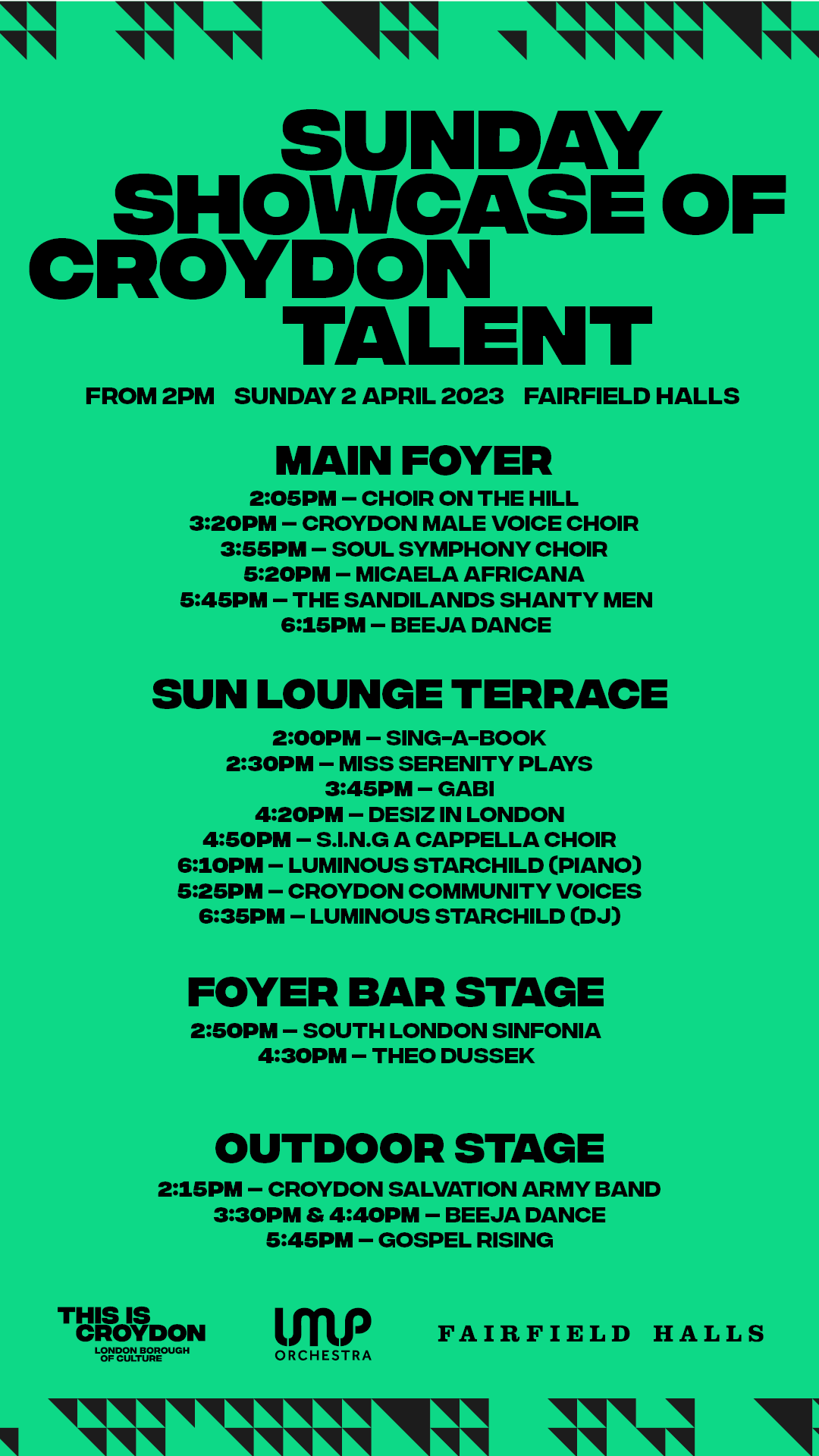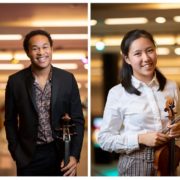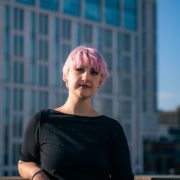Quick: name a choral piece! Did you say Handel’s ‘Messiah’?
It’s one of the most famous pieces of classical music ever, but how much do you really know about its origins and history? We asked Thomas Allery, organist and harpsichordist, some questions about the original ‘Messiah’ and its influence today. Read on to be enlightened and informed…
‘Messiah’ was originally orchestrated for two trumpets, timpani, two oboes, two violins, viola and basso continuo. Subsequent performances have been much bigger, with orchestras numbering well into the hundreds. Can you say a little about the size and scope of ‘Messiah’?
‘Messiah’ is one of those pieces of choral/orchestral music which can work successfully with almost any size and combination of instrumental forces, and the performance history of the piece shows the complete range! Even today, performances range in size hugely from large scale performances with large choruses and a corresponding large orchestra (often in large venues), to smaller, more intimate versions. It says something about the piece that it is so successful and appealing to audiences in almost any configuration.
In fact, my own first experience of ‘Messiah’ was at a local ‘come and sing’ performance with organ only – also very successful, but a bit of a work out for one organist! The almost entirely unbroken performance tradition of the work means that it has always been able to expand or contract to suit venues and ensembles, not to mention changing tastes over the centuries…
For instance, in the nineteenth century, amateur choral societies flourished across England, and with that, the tradition of large scale performances grew. At this time, new orchestrations and arrangements grew out of the practical needs for new bigger performance forces, including a new orchestration by Mozart and many arrangements for organ accompaniment. Mid nineteenth-century performances in London, such as those at Crystal Palace, had choirs of several thousand voices and huge orchestras numbering 500!
These days, many performances are of a smaller number of singers and players which can be a little more intimate and with a chamber feel – including with directors playing the continuo themselves.
We think of ‘Messiah’ as an oratorio, but Handel had spent much of his career writing Italian operas until this point. Where does ‘Messiah’ sit amongst the musical genres of its time?
That’s an interesting question as it gets us into the heart of London’s musical life in the middle of the eighteenth century. Handel made huge success as a composer of Italian opera. He travelled to Italy, the heart of the operatic world, early in his life and then had great success with Italian operas such as ‘Agrippina’ (1709) and ‘Rinaldo’ (1711). London was a great melting pot of styles when Handel settled here permanently in 1712, and yes, Italian opera was very popular at this time (also think about the orchestras in the opera houses – full of players and budding composers from across Europe).
Despite this success, Italian opera had always had its highs and lows in London but it began to have severe difficulties in the 1720s – this was mainly because audiences preferred works in English and with a less ornate style, and there was also difficulty in retaining Italian singers to sing them. Composers have always had to move with the times and write what their audiences wanted to hear, and Handel turned his attention to oratorios. Handel had already written Italian oratorios in Rome, and his first English oratorio was in 1718 (‘Esther’). His other oratorios (now also regularly performed) such as ‘Saul’ and ‘Israel in Egypt’ were written just before ‘Messiah’, and also had librettos by Charles Jennens, so they already had a close and successful working relationship. Jennens proposed his libretto for ‘Messiah’ expressing that he hoped that Handel would write a work as powerful as the text demanded – and he did.
‘Messiah’ was premiered in Dublin, but the London performance was more controversial because it was performed in a secular venue, even though its text is drawn from scriptures. When it was advertised, it was called ‘a sacred oratorio’ rather than ‘Messiah’, so we have a glimpse into a world in which the labelling of a new piece, and signalling its genre was important. The libretto is based on themes rather than plot-driven like an opera. So, in terms of genre, it is definitely an oratorio, but written by the hand of a composer who could lend his hand to so many genres, and we often hear the same unmistakable style as we might hear in the opera house.
The original ‘Messiah’ featured some celebrity soloists (Susannah Cibber, the alto). What is the relationship like between soloists and the chorus throughout the piece?
The role of the chorus seems to change a little through the piece. The chorus does not interact with the soloists as they might in an opera, but Handel seems to use the chorus to reinforce important lines within the scriptures. We should remember that the choice of solo voice or chorus is in itself a decision and an interpretation of the text. At some moments, such as in ‘Hallelujah’ or ‘Worthy is the Lamb’ they seem to represent the voice of the whole world united in praise and thanks, whilst in the middle section, the chorus could be seen to have the role of the crowd, more like in Bach’s ‘Passions’. The first time the chorus sings in ‘And the Glory of the Lord shall be revealed’ is an incredibly powerful moment: coming from the stormy overture into the promises of the opening tenor movements and then into the light. To me, the lightness, the rhythm, and imitations in this movement represent light coming into the world and illuminating everything. There, the sound of the chorus opens up the soundscape to represent the light. Throughout the piece, the placement of the chorus movements punctuate the piece perfectly, and drive the drama on, all adding to the narrative.
Can you explain why the ‘Hallelujah’ chorus is so catchy, memorable and popular?
It’s got to be the marriage of the text with music. From the outset, Handel captures the natural rhythm and shape of the most joyful word in our language “Hallelujah”. When you say this word aloud, the rhythm of the text is exactly what Handel notates. When you hear this piece, it is as though you are singing it too – it’s infectious.
The movement has a masterful use of harmonic tension and progression. Here Handel is almost like a film composer, pacing the phrases and progressions so you somehow know where it is going, but in which the listener is taken on a journey. The long progression up from ‘King of Kings’ feels like a huge progression through several keys, each with a particular harmonic colour. However many times you have heard it or performed it, it’s always an amazing movement which takes on a different life each time.
And finally, why do you think ‘Messiah’ is still so popular today?
There are many answers for this question! Where to start? The piece was designed to be accessible, direct in its expression, and powerful for a London audience, and this legacy and connection seems to live on. It’s a work that has not been forgotten.
It’s interesting here to think about the charity tradition surrounding the piece which I think contributes to its popularity even today. The first performance in 1742 (in Dublin) was in support of three charities: for prisoners, for a hospital, and for an infirmary. The compositional circumstances of a piece of music can always be felt somehow, even centuries on. You can feel the devotion, the positivity and the values behind it – in that regard perhaps different to in Handel’s operas which were written as commercial entertainments. Handel had a close relationship with the Foundling Hospital and started the annual performances there in 1750, and which continued after his death with John Stanley, and then eventually developed through the nineteenth century into a history of associating music performances with charitable giving, especially at Christmas. Somehow the balance in terms of themes and music lends itself so well to new audiences too. There is just the right balance between solos and chorus, between keys, between light and dark, between recitative and aria, and so on.
Then there is its association with amateur music making across the years. For any choir, Messiah is a great and satisfying challenge, and one that doesn’t get tired. Many, many people have therefore performed at least extracts from it. How many other major works is that the case with?
Then I guess there is the seasonal element! Messiah is closely associated with Christmas, and choirs are more popular at Christmas time, with lots of people enjoying joining in with carols and hearing music which tells the Christmas story.
Hear LMP perform ‘Messiah 360’, our version of the classic with a twist, on Saturday 17 December 2022 at Fairfield Halls, Croydon. Thomas Allery joins us as the harpsichordist and director for this concert. Tickets and more information can be found here.

